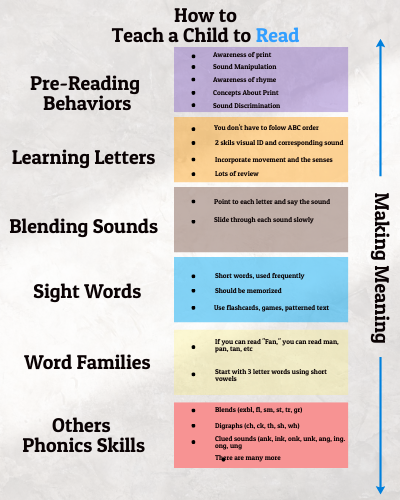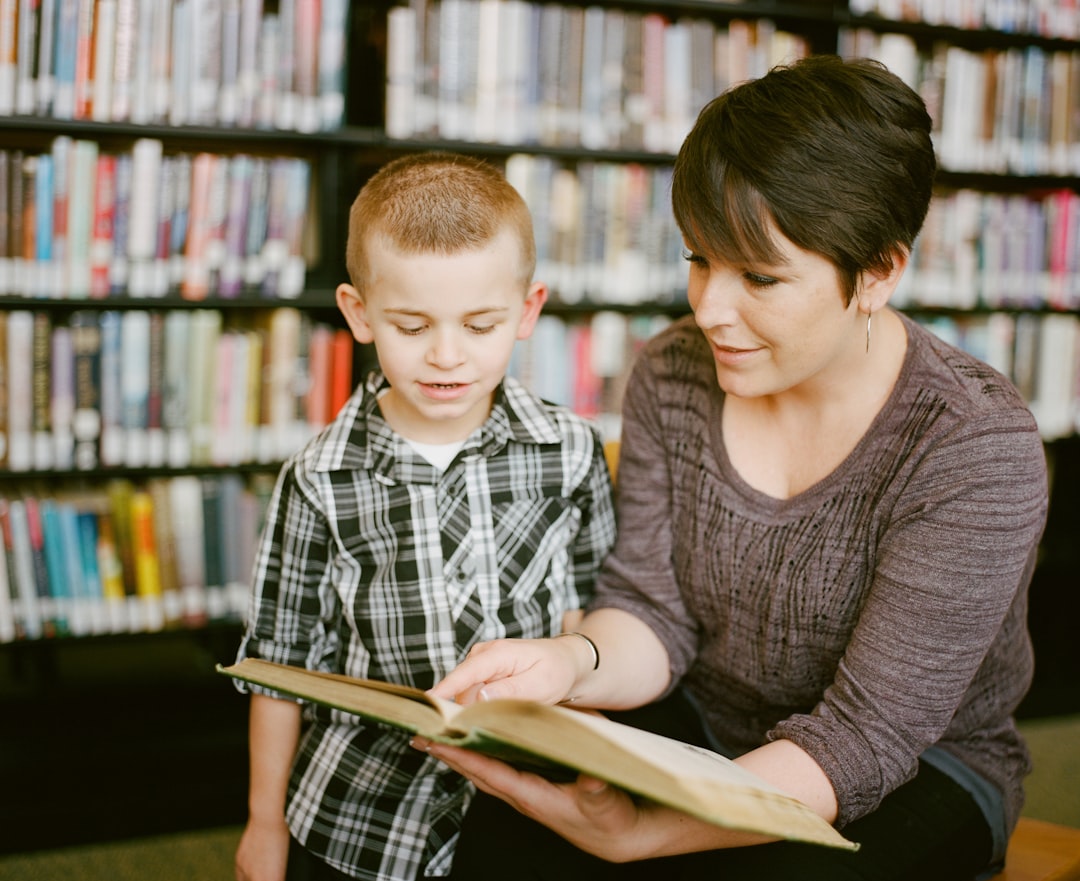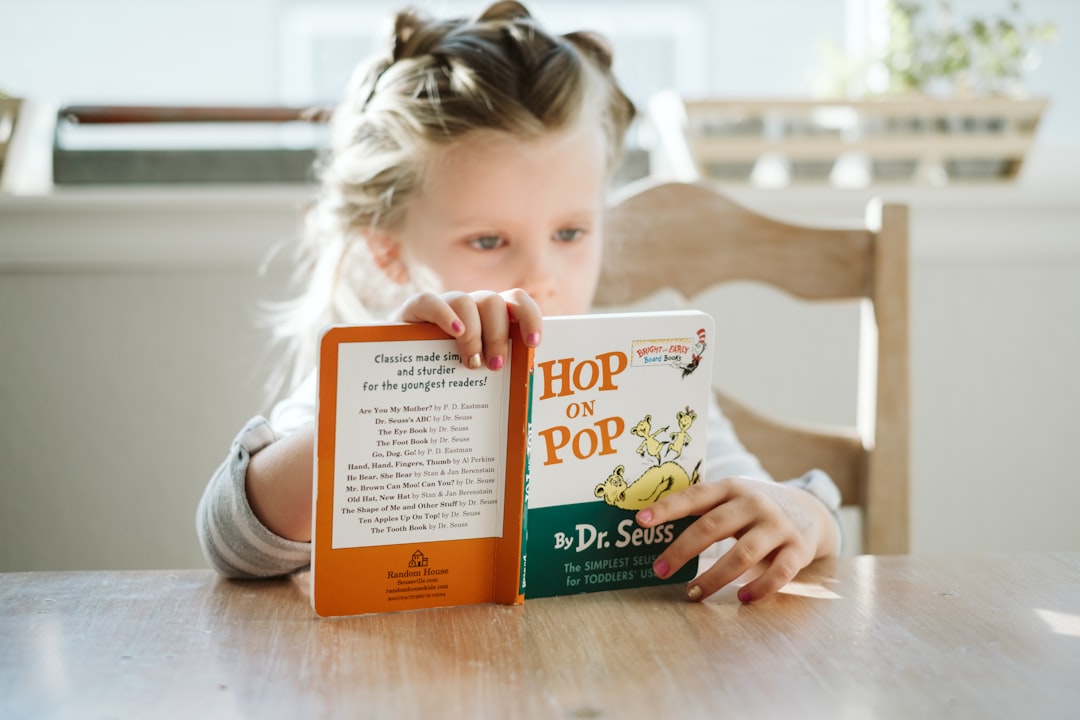Focus on teaching to read-Indeed, a challenge
“To learn to read is to light a fire” — Victor Hugo

This blog features how to help a child get into the habit of reading through various ways which fascinate them in order to read
Is early reading development important?

Reading is indeed an integral part of our everyday lives. Not every child enjoys reading. Some would prefer playing in the sandbox or drawing pictures or watching cartoons instead.
But teaching a child to read every day through various methods can invariably help set the foundations for their future, which will build on it is crucial. To make them avid readers, it is important to introduce them to different ways of getting there from a young age.
The best ways to teach reading to your child
Read Aloud

Reading aloud to a child is the most powerful tool to teach our children the beauty of language, grammar, and the meaning of the text. Impressively.
Beyond this, when we read to children, we are remodeling the love of story and language, encouraging us to learn how to read and express that to them.
This can be an essential and enjoyable time for young kids. But it should not be in a monotone, but with variations to keep them glued to it.
Trying distinct tones or voice modulations for unique characters, narrating parts of the story in a funny way, or thrilling gestures can help them develop a love for reading and make it more exciting. This makes it much more interactive and fun for children.
Auditory and kinesthetic learners - this method processes information better when they are engaged in listening to it and interacting simultaneously. Respectively, these techniques can help children benefit from interactive narratives.
Visual learners - By translating information through visuals can make it very interactive and easier. The art of reading to them, you can help exercise their imaginations and inspire a love for reading.
Reading materials that match their interests

Too often we give them materials that don’t interest them at all. But if we ask them what intrigues them, or what they are wondering about, and what excites them; it can make them curious and make them happier to read.
For example -If the child loves cartoons, read about their favorite character. If the child loves sports, learn about famous sportspersons.
If the child loves bikes or cars, read comics and novels featuring them.
Children are inherently curious. So if we provide them with whatever they like to read initially, this can lead to better ways of making them develop an interest in reading.
Provide books based on their reading level

To begin with, it is vital to understand the reading level of the child; skilled teachers and parents can make assessments to measure children’s reading levels.
Even at home, a parent should pay close attention to how a child reads through a page. And how much time he takes to finish it.
If a child takes more time or loses track, then the reading material is too hard for the child.
If the child remembers nothing at the end of the page, or cannot recount that, the probability is that it is not the right material for the child.
Most children find it natural to gravitate naturally towards books when that suits their levels. Then it becomes a pleasure for them to go ahead.
Difficulty reading is not just a case of interest, but also can show challenges your child might experience with vision, the ability to interpret letters or symbols, telling apart colors, etc.
If the child is struggling with the text, despite adjusting difficulty levels, please seek a diagnosis for any specific reading challenges.
The focus on comprehension

We should take time to celebrate the child’s capacity to recall the story or share the insights after he has finished reading.
Find out what made him wonder about this reading.
What kinds of questions has he come up with?
Does he connect or relate to the experience in the book?
These conversations can bring out the thoughts in a child on how better it can be or will be, to get into the depth of reading than merely reading out. By doing this kind of interaction, the child knows you are eager to listen to their thoughts.
This can make them more interested in exploring the reading sessions, followed by interactions and debates.
These traits should be encouraged in children at a very early stage, as it can help their critical thinking and brainstorming skills, making them avid readers.
Time table for reading

- As we all know, in this present scenario, the lives of our children have gotten busier than ever before. Make a time slot for reading and interaction. This can make it more enriching for them to spend quality time with parents and bring out the best experience with children.
Always be prepared to listen to them while they enact or read it; this makes them more expressive and valued. This time will become special for a child because reading and spending time with parents both go well with them, making it more fun.
If you show them you enjoy this equally with them, they will talk to you about it, and express themselves more effectively. This can give them more confidence to read.
Important to align reading & writing
Reading is like breathing in andwriting is like breathing out. Slowly try incorporating fun and exciting ways of responding to text through writing, whether on paper or online.
Children should be given writing or expressing something to a person or character they like about what they read and love to share with them.
Writing can be a great outlet to express thoughts and feelings to their loved ones.
Reading can be made Lively
Reading need not happen in isolation or silence. The children should be made to express or narrate with dramatic interpretation, group art projects, or collaborative groups, which can make it more debatable and a learning experience for them.
Vibrant Reading Environment

Making sure they have various methods or techniques available to explore, is the key. Provide them with a range of texts available, both fiction & nonfiction, comics, manuals, blog sites, cereal boxes, so on
It is important to tell them what you love as a reader and let your children know about your likes. Because as a great mentor and role model for them. It is of the utmost importance that they see why it is so important and why you love it. Make the spirit so contagious. That they are curious; so by appealing to that curiosity, children can pick up reading quickly; their interest and determination will surprise, eventually.
